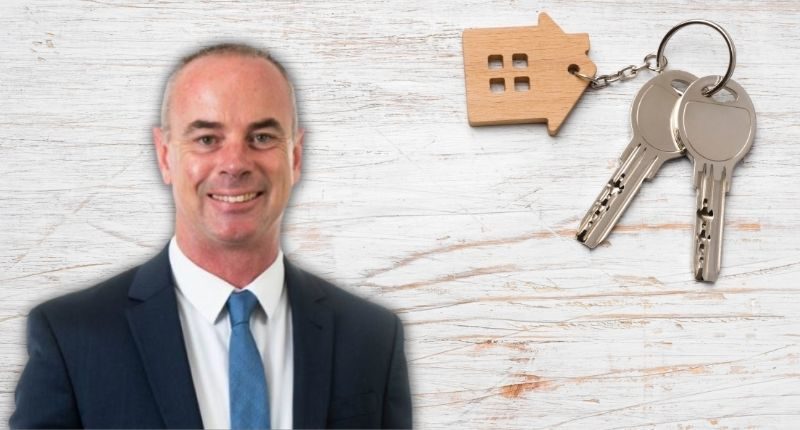- Report argues the industry needs to look beyond traditional sector to identify threats and opportunities
- REIA President says the pandemic has blurred boundaries more than ever between work, family and leisure
- Activated spaces could be used to mitigate those fleeing the city
Nine key issues facing the future of the real estate industry have been released with the release of the Real Estate Institute of Australia (REIA)’s ‘Megatrends for Australian Real Estate Report 2021’.
The report has found that the industry needs to look beyond the traditional sector and historical trends to identify threats and opportunities.
Adrian Kelly, REIA President, said the pandemic and environmental crises had blurred the boundaries more than ever between work, family and leisure, which he said is creating severe issues for the industry.
“Prior to COVID there were already signals of a ‘portfolio approach’ to life, where people sought to create balance between work and life through flexible work arrangements and adoption of technology.”
Adrian Kelly, REIA President
“This is particularly true for white-collar workers. Previously working from home was an option available only to a few, with employer scepticism of employees ability to perform in a non-structured working environment.”
“Almost overnight a giant experiment of working from home disproved many of these concerns, with many workplaces opting to make remote working a permanent option.”
Mr Kelly responded to numerous studies which revealed that a third of the workforce wished to remain remote on a full-time basis, a third in the office full time with the remaining third preferring a hybrid model.
He also said that a challenge for the property industry is to navigate this transition which includes helping create workplaces that incentivise employees to engage with their companies.
“Vendors and renters are seeking homes with more liveable pace, including bigger gardens and more space, for example, entertainment rooms. Those that can afford it are having a family home out of the city and a city base.”
A focus on activated green spaces is another area that Mr Kelly believes could mitigate the trend of escaping the cities.
He added that he expects public health to remain front of mind for public policy and design decisions for the foreseeable future, noting new tools such as big data, artificial intelligence and synthetic biology have emerged.
“The work of one consortium, MetaSUB, to map the microbiome of 54 global cities has implications for sustainability, security, safety and urban planning. This megatrend has been accelerated by COVID-19 with growing concern about the presence of viruses in built environments,” he said.
The nine-mega trends identified in the report for the Australian real estate industry are:
- Consumer-centric transparency
- Rising wealth inequality
- Generational expectations
- Sustainability and green credentials
- Decarbonisation and climate adoption
- Work/life fluidity
- Building health
- Escaping the cities
- Migration








